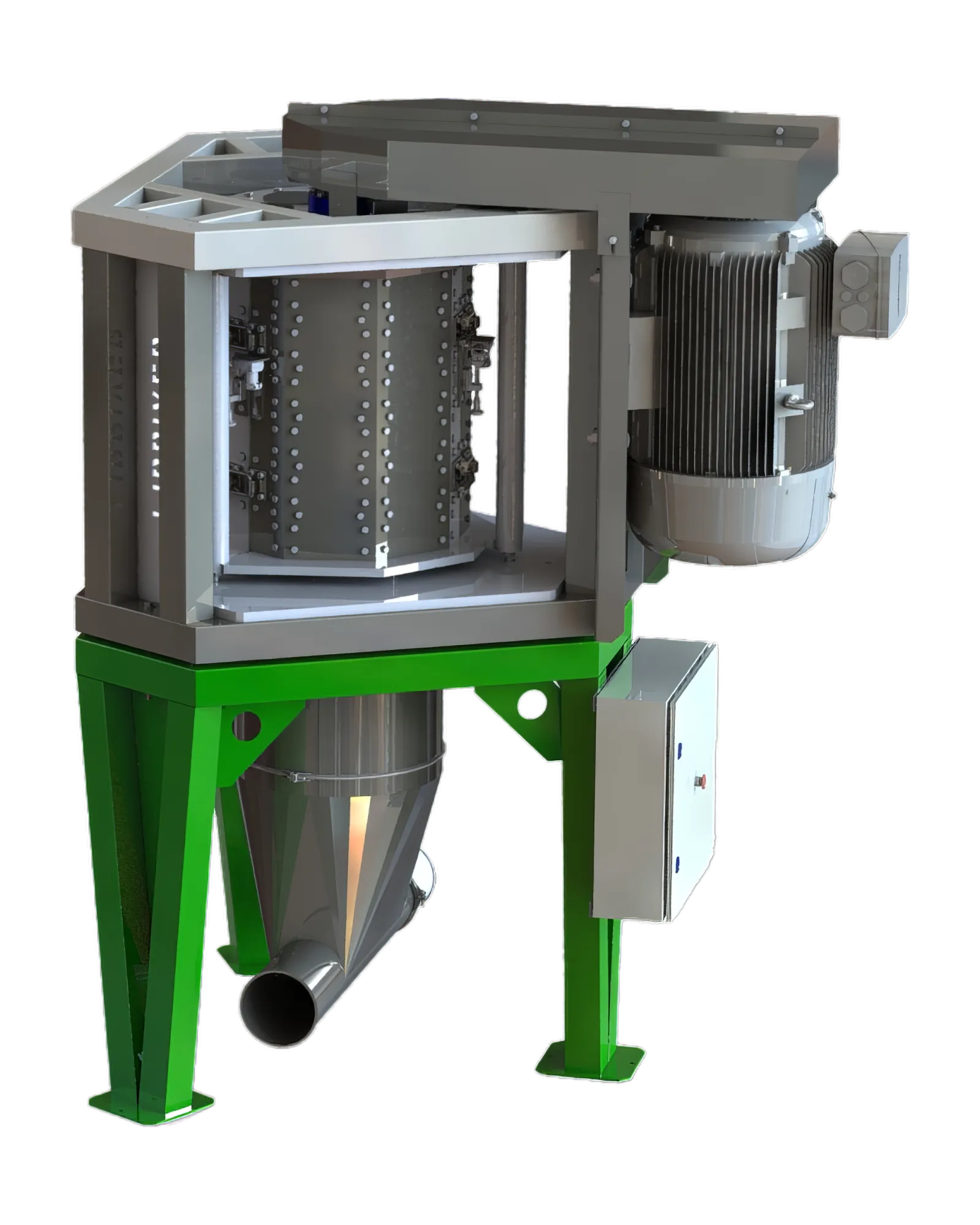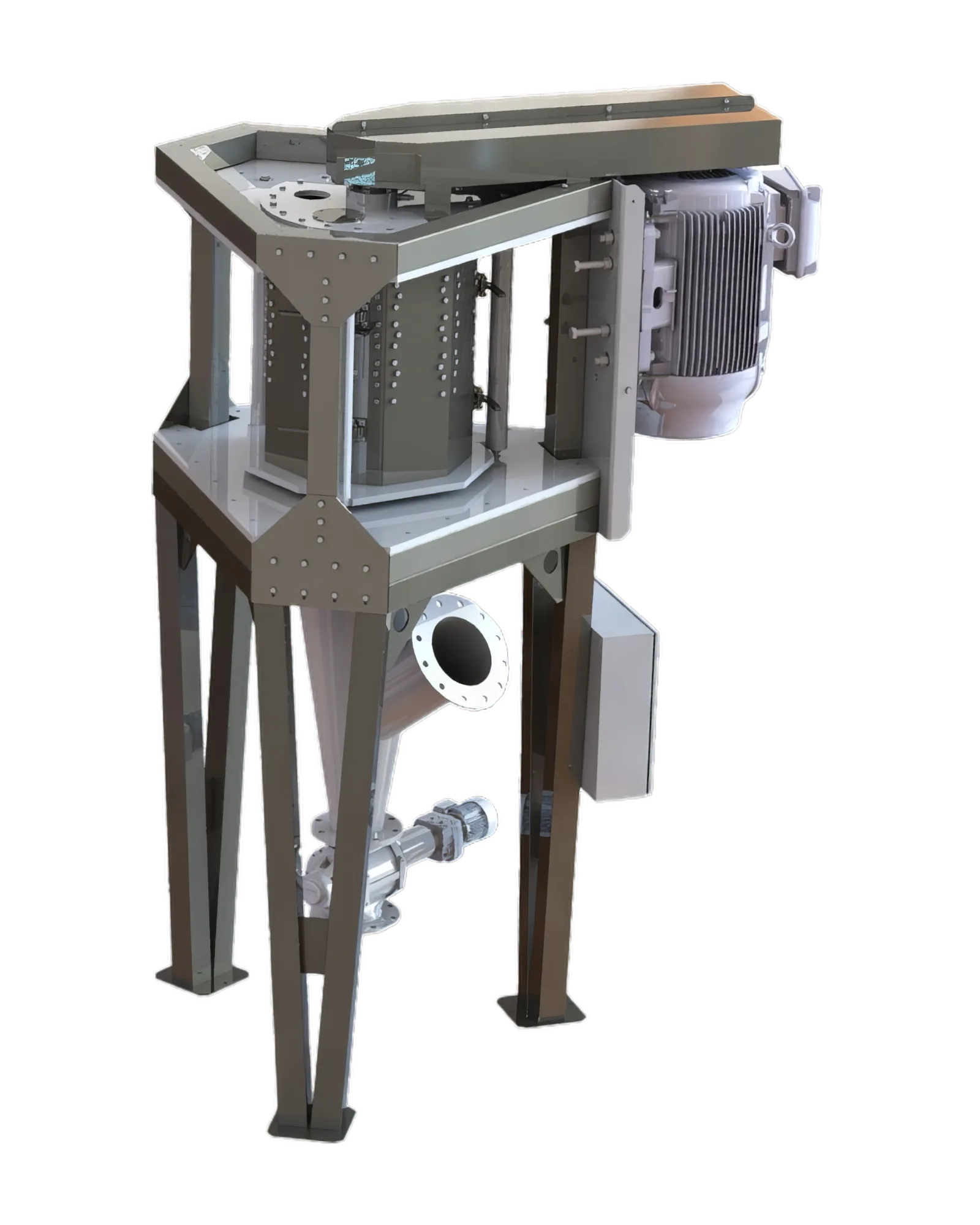Food
Maximize sustainable food potential and minimize waste
The Librixer technology solution enables concentrating protein from legumes and makes the whole food production process more sustainable and efficient.
Examples of processable materials

Peas

Rapeseed

Oak

Millet
Examples of end products by/after our technology
Peas

Pea source

Pea kernel

Pea hull

Pea starch

Pea protein
Rapeseed

Rapeseed source

Rapeseed hull

Rapeseed kernel

Rapeseed germ

Rapeseed oil
Oak

Oak source

Oak "smoke" flavor

Oak "vanilla" flavor
Millet

Millet source

Millet hull

Millet kernel
Peas

Pea source

Pea kernel

Pea hull

Pea starch

Pea protein
Rapeseed

Rapeseed source

Rapeseed hull

Rapeseed kernel

Rapeseed germ

Rapeseed oil
Oak

Oak source

Oak "smoke" flavor

Oak "vanilla" flavor
Millet

Millet source

Millet hull

Millet kernel
Datasheets for food
Click the buttons below to alternate between our two machines
Librixer Micronizer

Librixer Fractionator

Unique liberation along natural boundaries
In the microscope image you'll see a single oak fiber, liberated by the Librixer. An example of the uniqueness that can be created through the process of micronization.
The intact fiber has an unmatched aspect ratio while still being intact. Source material; recycled French oak from a whiskey barrel; dry-aged and liberated.


A closer look at liberation using yellow peas.


Drag the slider left or right to compare material structures
Above is a cross-section SEM image of yellow peas.
Drag the slider to compare protein and starch before and after liberation – with the end result being protein powder and intact starch ready for sorting.

Bi-modal PSD diagram
Traditional grinding techniques tend to normally result in a bell-shaped distribution curve. Our technology can, through release along natural boundaries, produce humped curves – which in turn facilitate mechanical sorting of composites where the different parts have different mechanical characteristics.
The diagram shows liberated, micronized and de-hulled kernels, where the pericarp's more flexible fiber structure commonly results in larger particles compared to the rest of the seed.










